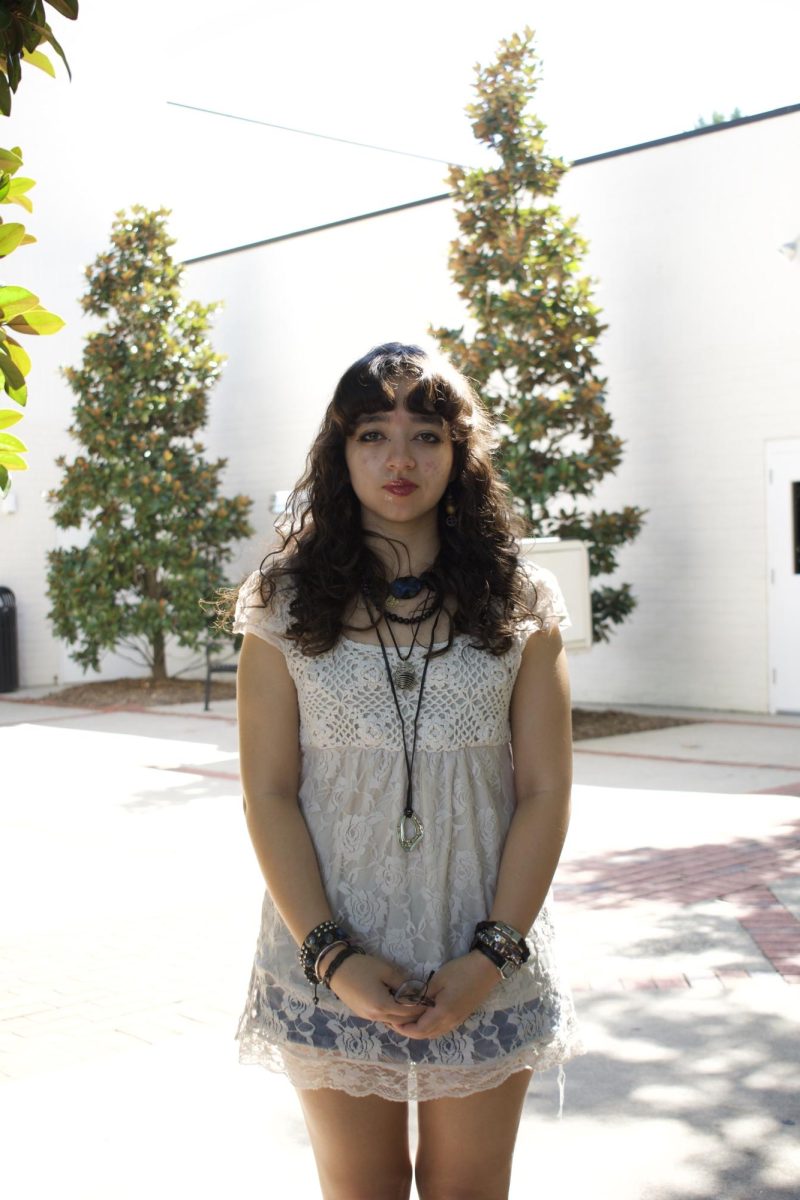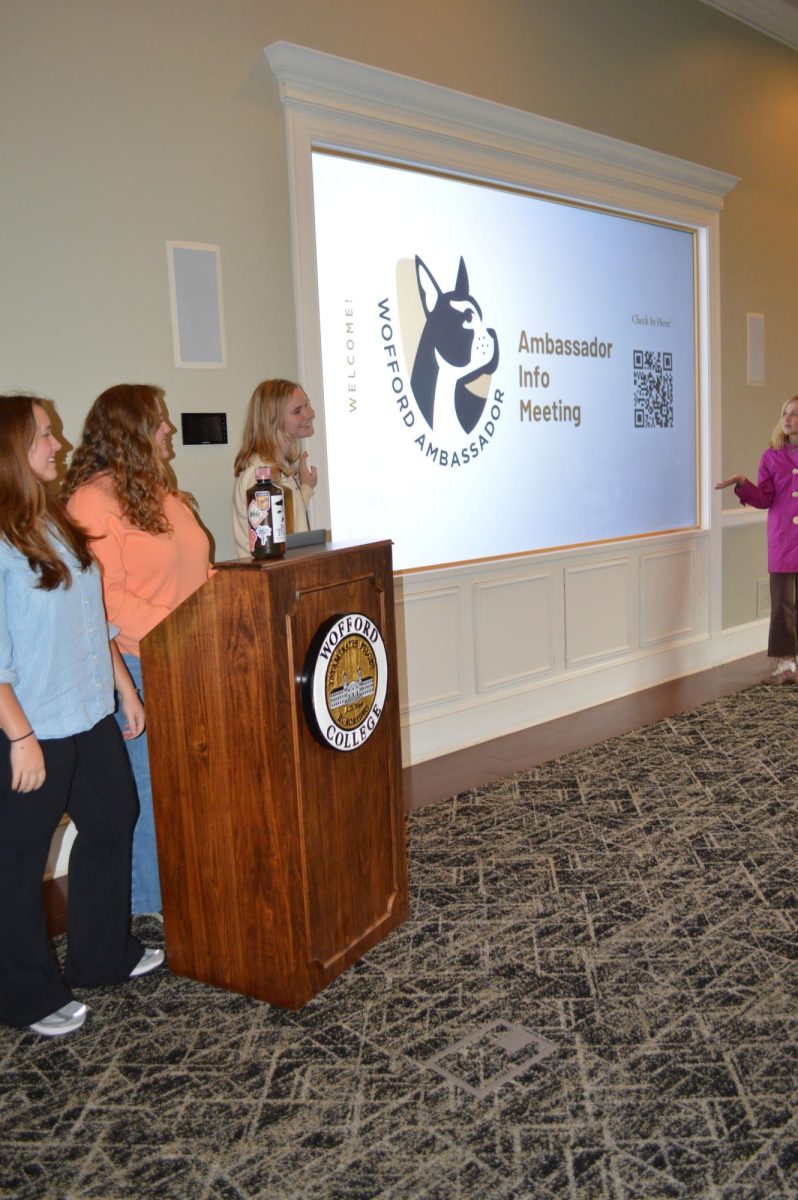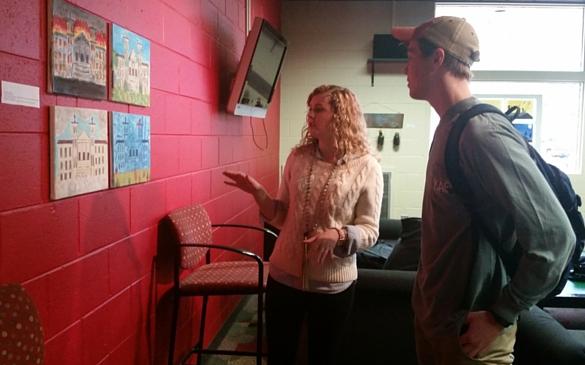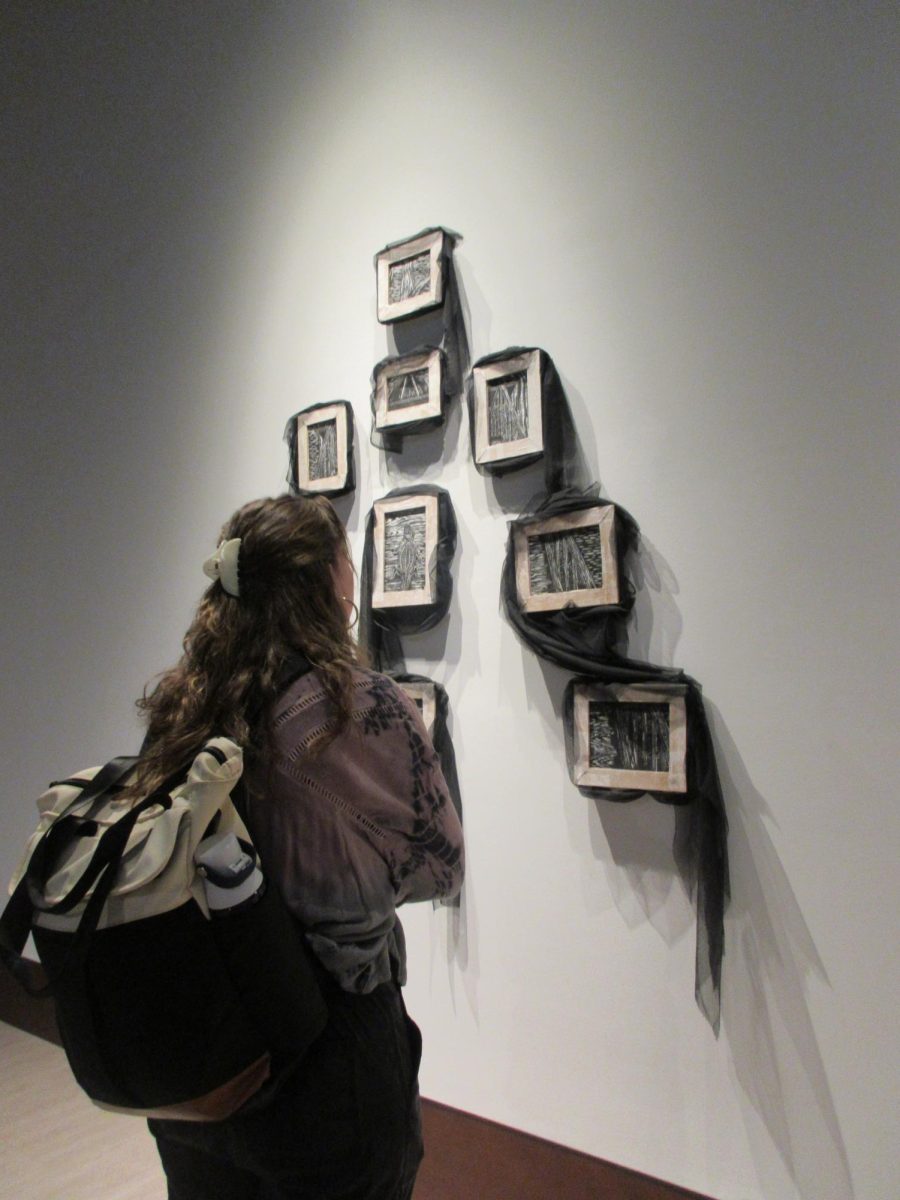By: Savanny Savath, Staff Writer
With a new year comes a whole variety of new opportunities. The Wofford Interim program, which was established in the late 1960s, offers students and professors the chance to experience and experiment with a month long course in January. This year courses ranged from scrapbooking, dance and debate to horse riding, completing internships and scuba diving in the Caribbean.
“It is a time to really focus on something, and I think especially incoming students really have trouble picking an interim because it is kind of overwhelming. There are so many choices. It is really important to pick something that you are going to enjoy a full month, and it is going to challenge you a little bit either intellectually or taking you outside your comfort zone,” says Christine Dinkins, associate professor of philosophy.
Dinkins experimented this year by offering her first time course Reading Comics and Graphic Novels. Every day, students read comics in the Great Oaks Hall. They were required to read a total of 30 books and received two options for their final projects: analyze part of a comic and connect it to their learning or create their own comic book pages.
“When I first came into this, I didn’t realize how many styles of comic books there were, and I had read a few, but I had always been interested. I just never had the time. [For my final project], I’m doing a lot with the idea of closure which again is the rationalization you kind of make from panel to panel and how [your] perception [changes] by what the writers suggest [you] believe,” says sophomore Brittany Cook.
Dinkins and her students also enjoyed a visit and talk from former editor-in-chief of Marvel comics Roy Thomas.
“He is different than I expected because I kind of expected the puffed up editor. He was very kind,” says Eli Henson, junior.
The Elements of Art was another creative interim course taught by Assistant Professor and Coordinator of studio art Kris Neely and Associate Professor of English Amy Sweitzer. Students learned about and worked with art that incorporated or represented the four classical elements: earth, air, fire and water.
“We began by reading several texts that discussed art in relation to the different elements. [In the] second week we took several field trips. We went to Asheville, NC and did glass blowing. We made ornaments and then raku firing, which is a different kind of pottery firing that involves more fire, flames. We also visited a welder in Spartanburg, SC who makes art out of metal. Then we spent an entire week working on our individual projects. The main requirement was that we had to come up with some sort of art project that had to do with one of the elements, either making it with one of the elements or representing one of them,” says senior Susannah Bryant.
The final projects were displayed at a public art showing in the Campus Life game room. There were also refreshments that reflected the four elements. For example, to represent fire, there was fuel dishes decorated with pebbles to look like a campfire. Visitors could use them to make s’mores. The music playlist also included songs like “Ring of Fire” by Johnny Cash.
The Elements of Art students were there to explain their artworks.
“It was really fun. I used a lot of different mediums. I got my idea from Claude Monet. He did a series of paintings of a cathedral in Paris. Each painting was in a different lighting. So then [I took] the same building [Old Main] but painted it differently under the influences of the elements. I’ve never seen a building on fire personally but to just imagine and be captivated by the fire itself. I think fire is very mesmerizing and powerful,” says freshman Sara Sims Wilbanks.
“Within my own work, it was kind of one of those things where it was unpredictable. I was outside, burning the paper. It was 30 degrees outside and I was trying to do that and collecting leaves. It was cold. It was definitely a challenge in January,” says freshman Katie Parris.
Whether reading comics, making art with fire or studying abroad, students continue to gain unique experiences outside the traditional classroom setting and structure.






























